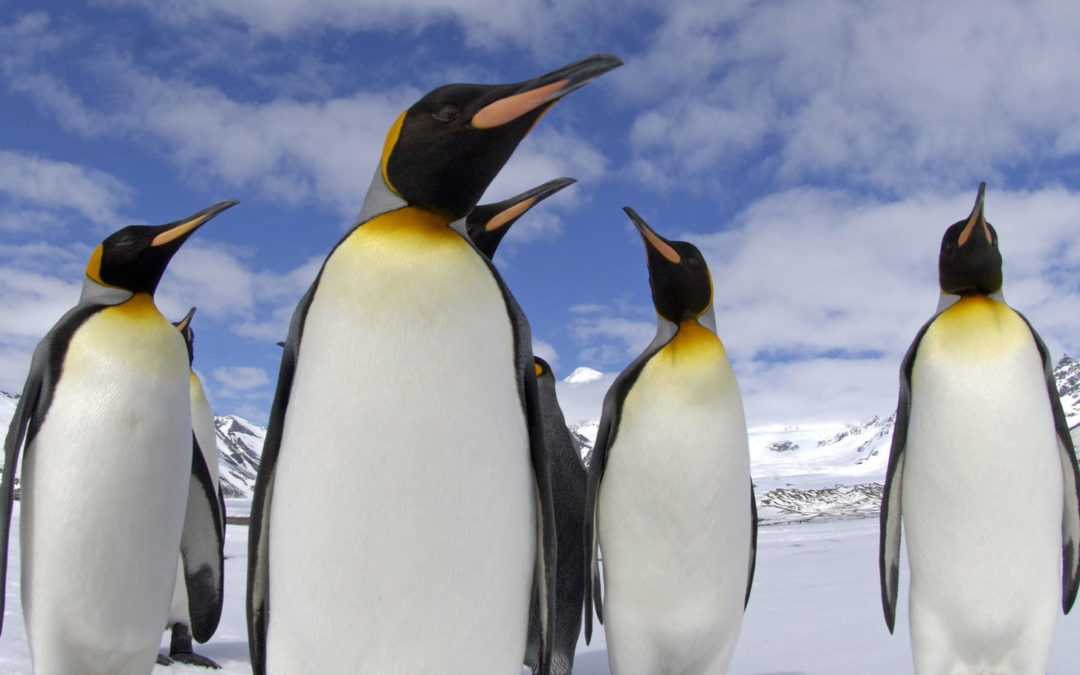SOURCE: Sunday Post
DATE: February 10, 2020
SNIP: A study in Antarctic has found that over three quarters of the penguins surveyed in South Georgia had microfibres in their stomachs.
Smaller than a baby’s fingernail, and often coated in toxic chemicals, they can lodge in a bird’s stomach, and as they break down into even smaller nanoparticles, wreak havoc throughout the body.
Until recently it was believed that the Antarctic, protected by the Circumpolar Current flowing eastward around the uninhabited continent, was a haven from the menace.
The island is home to one of the world’s largest colonies of King Penguins, with around 100,000 pairs, and was praised by Sir David Attenborough as one of the most extraordinary places on Earth.
Standing over three feet tall, the birds raise just one chick every two years, and have a striking patch of orange-gold feathers on their neck.
Lead researcher Camille Le Guen from St Andrews University, who spent over two months on the island, said: “The seas are suffering from climate change, and over-fishing. Plastic pollution is an added and growing threat.
“The Southern Ocean was supposed to be the cleanest ocean in the world – but maybe this is not such an isolated place after all.
“The Antarctic Circumpolar Current is like a semi-barrier for microfibres, but once they manage to get in, they are stuck because of that current and then they will accumulate.”
She added: “We found 77% of birds had microfibres in their diet, birds with chicks and even non-breeding birds.”
And almost 300m tonnes of plastic debris are estimated to be floating at sea surface globally, with more deposited on the sea floor.
Microfibres are concentrated in surface waters and sediments but can also be concentrated in fish. The highest level of contamination was found among birds incubating their eggs.
According to Friends of the Earth, one washing load of clothes could be shedding up to 17 million tiny plastic fibres. Up to 64% of most new fabrics are made of plastics such as polyester, nylon and acrylic.
“The real concern now is nanoplastics, resulting from the degradation of the microplastic fibres, and this is more of a problem.
“It has been shown in different species that nanoplastic can get into the organs, the brain, the different tissues and alter their functioning.”
In the journal Environment International, the team of researchers wrote: “The long ‘residence time’ of plastic in marine ecosystems could harm marine life for many decades even in a scenario involving the immediate cessation of production and discarding of plastics.”

